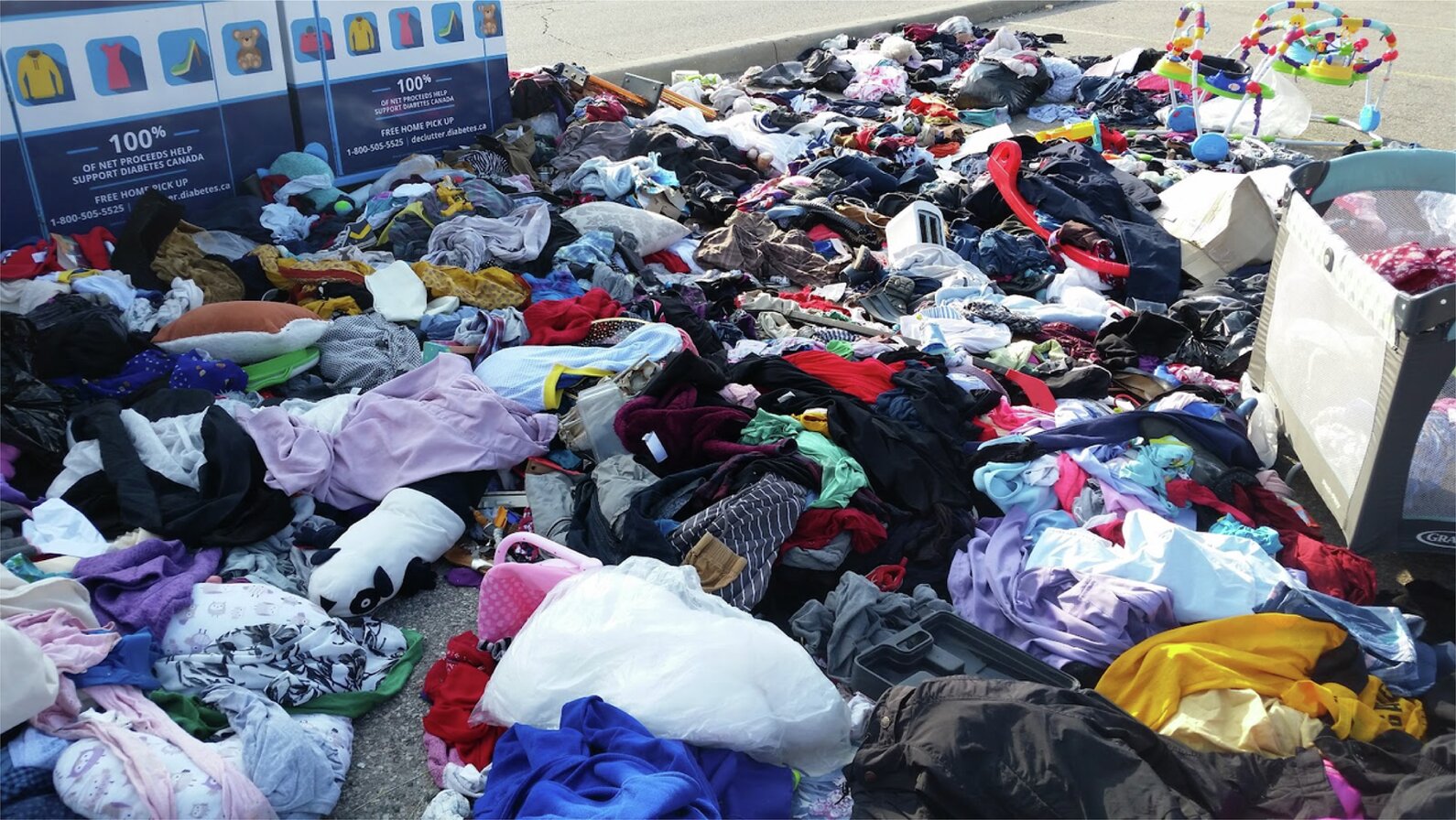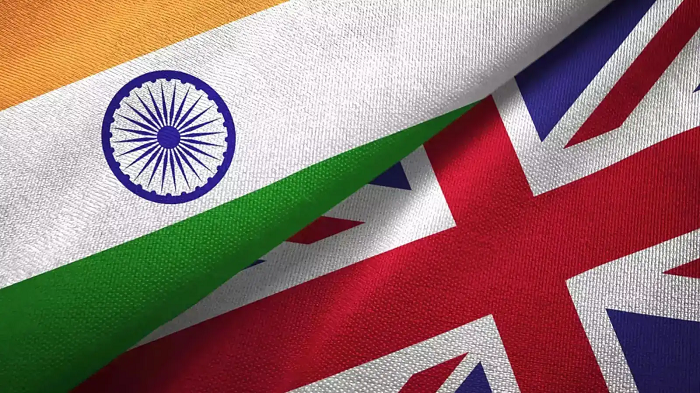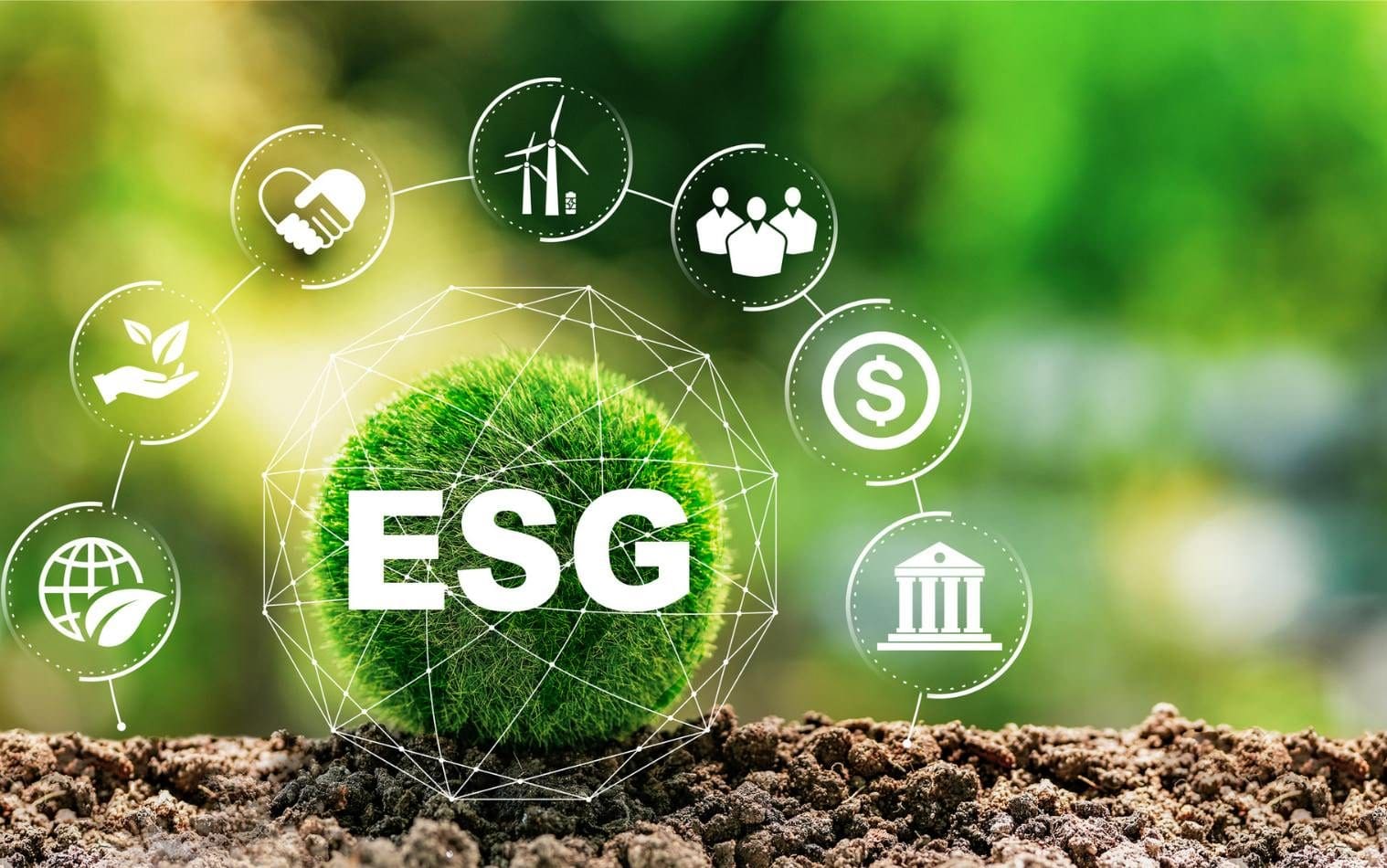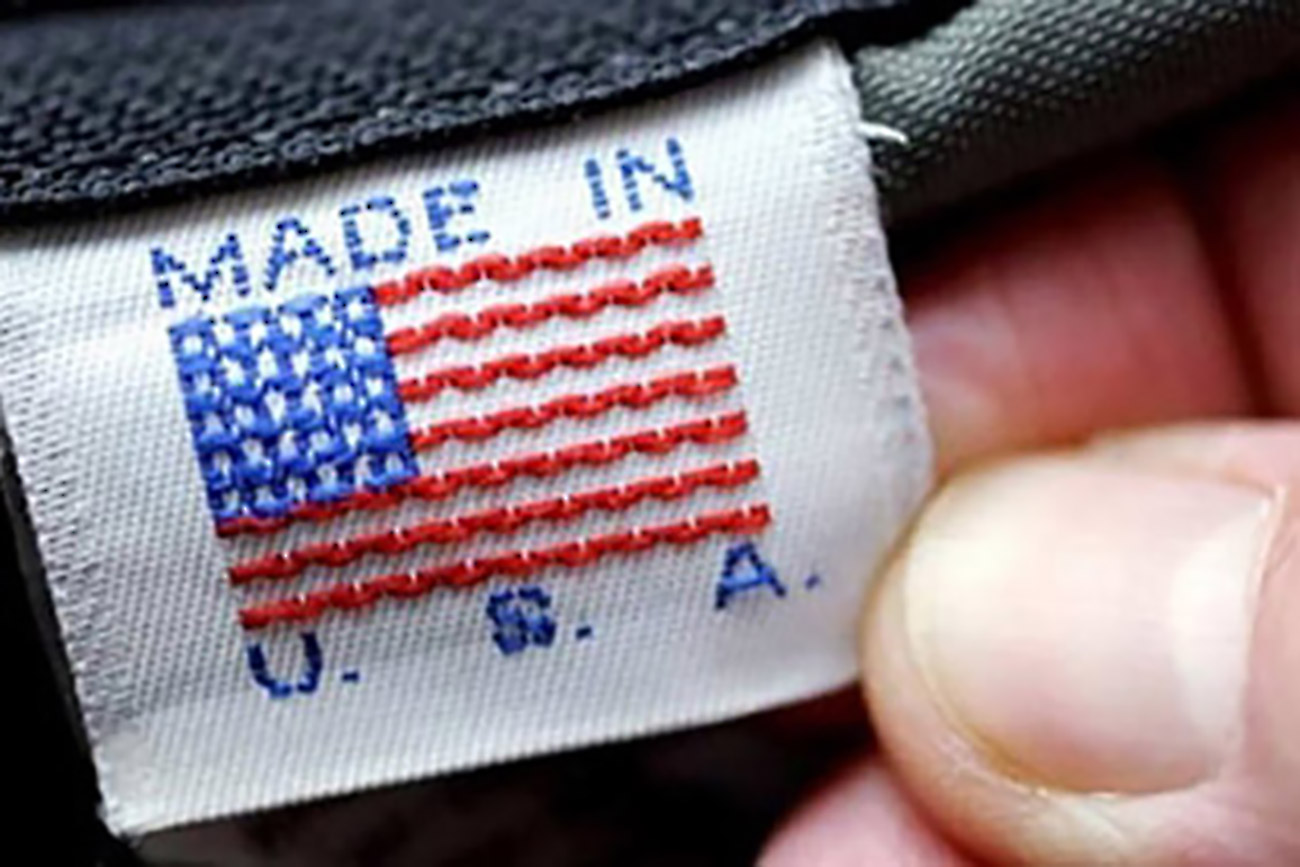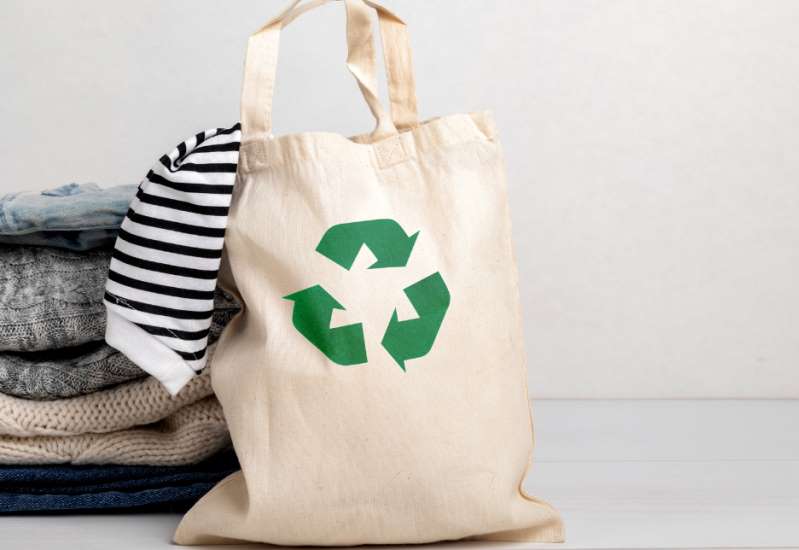FW
After two years of contraction, the Indian textile industry is projected to recover this financial year, as per a report by the Business Standard. This growth will be fueled by stable cotton prices, increased ready-made garment (RMG) exports, and consistent domestic demand, the report says.
The resurgence of RMG exports is particularly beneficial for small and medium enterprises (SMEs), which constitute 80 per cent of the textile supply chain. These SMEs were severely impacted in the previous fiscal year due to a 25 per cent decline in cotton prices and weakened RMG exports, despite steady domestic demand.
This year, while domestic demand for cotton yarn will decline slightly, stable prices will boost revenue growth. Conversely, cotton yarn exports are anticipated to decline as Chinese demand normalizes.
The primary growth driver for the industry will be RMG exports, forecasted to increase by 10-12 per cent this year, driven by restocking activities by Western retailers and robust discretionary spending in the US and EU.
Domestic RMG demand is expected to remain stable, with a projected growth of 3 -4 per cent, supported by a recovery in H2, FY25.However, garment prices are likely to remain flat or increase only marginally by 1 per cent.
On the supply side, domestic cotton prices are experiencing slight upward pressure due to reduced production, stable consumption, and an increase in the minimum support price. In contrast, international cotton prices are facing downward pressure due to increased global production. Consequently, domestic cotton prices are trading at a small premium to international prices, although they remain relatively stable compared to the previous year.
Export-oriented RMG clusters, such as Tirupur, Bengaluru, and Gurugram, are expected to see stronger revenue growth due to the revival of RMG exports. Conversely, clusters focused on domestic markets, like Kolkata, Kanchipuram, and Ludhiana, will likely experience slower growth.
The profitability of textile companies is also expected to improve this fiscal year, driven by stable cotton prices.
In the medium term, the RMG sector is poised for growth, supported by free trade agreements with key markets like Australia and the UAE, the establishment of PM Mega Integrated Textile Regions and Apparel Parks, and incentive programs such as the Production Linked Incentive and Rebate of State and Central Taxes and Levies, which will boost domestic manufacturing and exports.
Textile waste has become a significant global issue, Prime Minister Narender Modi emphasized in his monthly radio broadcast, ‘Mann Ki Baat.’ He voiced concerns about the growing problem of textile waste and the increasing popularity of fast fashion in this program.
Informing listeners about global research efforts to address the textile waste problem, Modi noted, less than 1 per cent of textile waste is recycled into new clothing.
This poses a considerable challenge for India as the country is the third-largest producer of textile waste globally, he pointed out.
However, the Prime Minister expressed optimism about the various commendable initiatives underway in India to tackle this issue.
Highlighting the numerous Indian startups that are engaged in developing textile recovery facilities, Modi said, teams across the country are working to empower ragpickers. Youngsters are engaging themselves in sustainable efforts like recycling old clothes and footwear, and distributing these to those in need. Various items, such as decorative pieces, handbags, stationery, and toys, are being made from textile waste.
Many organizations are now promoting circular fashion brands, Modi added.
Discussing the emergence of clothing rental platforms, Modi noted, designer clothes are being made available for rent. Cities like Panipat in Haryana re merging are new global centers for textile recycling.
Bengaluru is also establishing a unique identity with innovative tech solutions, Modi noted. The city collects over half of the country’s total textile waste. Tirupur in Tamil Nadu manages textile waste through wastewater treatment and renewable energy, Modi added.
Lululemon’s Q1, FY25 revenues to fall short of Wall Street expectations, reaching only $2.36 billion
Lululemon forecasts, the brand’s revenues for Q1, FY25 are likely to fall short of Wall Street's expectations, projecting $2.34 to $2.36 billion compared to the anticipated $2.39 billion. This comes as the high-end athletic wear brand is experiencing a shift in consumer behavior.
Despite a 13 per cent Y-o-Y in net revenue during Q4, FY24, Lululemon's comparable sales in the Americas remained flat compared to the previous year. Placer.ai data indicates a significant slowdown in store traffic growth, rising only 2.4 per cent Y-o-Y year-over-year, as against 8.2 per cent in the previous quarter.
Calvin McDonald, CEO attributes this to weakening consumer demand, despite new product launches. He cites the current macroeconomic environment, marked by economic and political uncertainty, as a key factor driving more cautious consumer spending. A company survey conducted with Ispos revealed rising concerns about inflation and the economy leading to reduced spending.
Lululemon's premium pricing, with items often exceeding $100, makes it susceptible to budget cuts during economic downturns. Consumers in the US are increasingly turning to secondhand clothing as a cost-saving measure. Secondhand apparel market in the country grew by 14 per cent in 2024, its strongest growth since 2021.
Furthermore, recent tariffs imposed on goods imported from China, Mexico, and Canada are expected to further drive consumers towards more affordable options like secondhand apparel. As per a ThredUp and GlobalData survey, 59 per cent of consumers are likely to seek cheaper alternatives if tariffs increased apparel prices, and 34 per cent plan to allocate their apparel budget to secondhand purchases in the next year.
In response to these challenges, Lululemon plans to focus on product innovation to navigate the uncertain economic landscape. The brand emphasizes its commitment to delivering new and innovative products that meet customer expectations.
A global fashion icon, Levi’s is boosting customer loyalty in Europe by expanding its Red Tab membership program to Ireland, Denmark, Poland, and Switzerland. A part of Levi's direct-to-consumer (DTC) strategy, this initiative aims to strengthen customer engagement and drive sales.
Launched in 2020, the Red Tab program currently boasts nearly 40 million members worldwide, with a significant portion in Europe. Levi's views this expansion as crucial for delivering a seamless, omnichannel shopping experience, fostering lifelong brand loyalty. Members enjoy various perks, including earning coins on purchases, which can be redeemed for vouchers, free shipping, birthday rewards, and early access to exclusive collaborations.
A key differentiator is the in-store tailoring service, allowing members to customize and repair their Levi's garments. Along with an extended product guarantee, this service emphasizes Levi's commitment to quality and durability. The program also offers unique experiential benefits, such as access to music events and curated trips, enhancing the emotional connection between the brand and its customers.
Levi's is focused on using the Red Tab program to gain deeper consumer insights and personalize the shopping experience. By connecting digital and in-store environments, the program allows for tailored recommendations and supports Levi's expansion into new product categories beyond denim.
The company reports strong growth in member acquisition and engagement, with Red Tab members demonstrating higher purchase frequency and customer lifetime value. Notably, these members contribute over 50 per cent of Levi's DTC revenue. The program's pan-European nature allows members to enjoy benefits across multiple countries, fostering a consistent brand experience. Levi's also prioritizes gathering customer feedback to continually improve the program and ensure it meets their needs.
A significant contributor to the national economy, the Indian textile sector is experiencing a transformation with the rapid growth of the technical textiles sector. While traditional textiles remain vital, specialized fabrics designed for specific functions are gaining prominence. Used in diverse industries like automotive, construction, healthcare, and agriculture, these technical textiles are crucial for enhancing product performance and safety.
To boost this sector, the Indian government launched the National Technical Textiles Mission (NTTM) with a budget of Rs 1,480 crore, spanning from 2020-21 to 2025-26. The NTTM aims to drive innovation, market development, export promotion, and skill development within the technical textiles industry.
The mission focuses on four key components: research and innovation, market promotion, export enhancement, and education and skill training. Significant funds have been allocated and utilized for various projects, including research grants, startup funding, and educational programs. Notable initiatives include the Grant for Internship Support for Technical Textiles (GIST 2.0) and the Grant for Research & Entrepreneurship across Aspiring Innovators in Technical Textiles (GREAT) scheme, fostering collaboration between academia and industry.
Skill development is a core focus, with plans to train 50,000 individuals through specialized courses developed by leading textile research associations. A part of Bharat Tex 2024, Technotex 2024, showcased India's advancements in technical textiles, highlighting innovative projects and prototypes.
Success stories like Eicher Goodearth's Mahina, India's first bonded leak-proof period underwear, demonstrate the sector's innovation. State governments, such as Tamil Nadu, are also investing in technical textiles through initiatives like PM MITRA Parks and increased capital subsidies.
These concerted efforts are propelling India's technical textiles sector, strengthening its position in the global market and creating new opportunities for growth and employment. The NTTM, along with related schemes, is driving innovation, enhancing skills, and promoting indigenous production, ensuring the sector's sustainable development.
HimGra, an eco-friendly fiber innovation by Dev Ethical Sustainable Crafts and Textiles, Uttarakhand (DESCATUK), has been invited to present at Startup Mahakumbh 2025, India’s largest startup event, from April 3-5 at Pragati Maidan, New Delhi. Organized by FICCI and DPIIT, the event marks a major milestone for HimGra, a zero-cultivation carbon footprint fiber recognized for its sustainable impact.
Known for its patent-applied, waterless mechanical fiber extraction, HimGra has gained validation from IIT Mandi Catalyst, Fashion for Good, and global brands. It also won the Hindu Kush Himalaya Innovation Challenge for Entrepreneurship, further solidifying its credibility.
At Startup Mahakumbh 2025, HimGra will showcase its latest fiber, yarns, and luxury fabrics for apparel, home textiles, knits, and denim. The event will also mark the launch of its commercial cultivation, led by Self-Help Groups (SHGs) in Uttarakhand, promoting sustainable livelihoods and climate resilience.
“We are honored to be part of Startup Mahakumbh 2025. HimGra is more than an innovation it’s a movement for ethical, sustainable fashion. This platform will help us connect with industry leaders, investors, and policymakers to scale our impact and drive meaningful change in textiles,” said K D Sharma, Co-Founder and Director of DESCATUK.
With its presence at the event, HimGra aims to revolutionize the textile industry by advancing sustainable practices and empowering rural communities.
Europeans are buying and discarding more textiles than ever, says a new report by the European Environment Agency (EEA) highlighting the urgent need to shift away from fast fashion towards more sustainable practices.
As per this report, the average EU citizen increased their average textiles purchase from 17 kg in 2019 to 19 kg in 2022. This contributes to substantial environmental impacts, including increased material, water, and land use, greenhouse gas emissions, and chemical and microplastic pollution, the report says.
To mitigate these impacts, the EU's textile strategy promotes a circular economy, encouraging the production of durable, high-quality textiles that can be reused, repaired, and recycled. The EEA's Circularity Metrics Lab is tracking progress towards these goals.
The rise in online shopping, social media influence, and low-cost synthetic textile production has fueled the growth of fast fashion. While digital technologies like 3D printing offer potential for reducing waste, they also risk increasing consumption by lowering production costs.
Textile consumption ranks fifth among European household consumption categories in terms of environmental impact, measured by raw material use, greenhouse gas emissions, and water and land use.
In 2022, EU member states generated 6.94 million tons of textile waste, or 16 kg per person. Despite a slight increase in textile waste collection, 85 per cent of household textile waste ended up in mixed waste, contributing to landfill and incineration. The implementation of EU legislation for separate textile waste collection in 2025 is expected to improve capture rates.
Land filling of textile waste has decreased, while incineration has increased. Used textile exports have nearly tripled since 2000, reaching 1.4 million tons in 2023. Although intended for reuse or recycling, many exported textiles end up being burned or dumped in African and Asian countries.
The world’s first commercial-scale plant dedicated to producing loopamid®, a recycled polyamide 6 was launched by German chemical giant BASF in Shanghai, China. Having an annual capacity of 500 metric tons, this facility marks a significant step towards sustainable textile manufacturing.
Highlighting the plant’s role in addressing global challenges, Stephan Kothrade, CTO, BASF says, the plant not only transforms textile waste into valuable resources but also promotes a circular economy. It generates the entire loopamid from textile waste, catering to the growing demand for sustainable polyamide 6 fibers in the textile industry.
Ramkumar Dhruva, President –Monomers Division, BASF, says, commercialization of polyamide 6 facilitates textile-to-textile recycling in various fabric blends, including those with elastane. This fiber is expected to contribute significantly to circular economy in the textile sector besides helping customers achieve sustainability goals, he adds.
Both the new plant and loopamid products have received Global Recycled Standard (GRS) certification, assuring consumers and manufacturers of the recycled content and adherence to environmental and social standards.
Yarn manufacturers are already incorporating loopamid into their products.
The Shanghai facility currently utilizes industrial textile waste, such as cutting scraps and defective pieces, collected from textile manufacturing. BASF plans to progressively increase the use of post-consumer textile waste, like end-of-life garments. Recycling these materials is challenging due to mixed fibers, dyes, and accessories.
BASF is actively collaborating with partners to develop efficient collection and sorting systems for textile waste. They aim to expand the use of post-consumer waste in loopamid production, demonstrating a commitment to closing the textile loop and promoting sustainability.
Driven by an increasing demand, Australia's cotton lint market is projected to expand to 2.6 million tons by volume by 2035. As per a report by IndexBox, the market is expected to grow at a CAGR of +1.5 per cent from 2024-2035.
In terms of value, the market is forecasted to grow at a CAGR of +3.0 per cent, reaching $7.2 billion by 2035.
In 2024, Australia’s cotton lint consumption increased by 38 per cent to approximately 2.2 million tons. However, overall consumption showed a relatively flat trend, failing to regain the peak of 3 million tons recorded in 2022. Market revenue increased by 39 per cent Y-o-Y during the year to $5.2 billion.
Australia’s production of cotton lint expanded by 20 per cent to 3.5 million tons in 2024. This was valued at $8.6 billion in export prices. While production shows a general upward trend, it remained below the 2022 peak of $10.1 billion.
The area under cultivation of cotton lint contracted by 14.2 per cent to 657,000 hectare in 2024, following a peak of 766,000 hectare in 2023.
In 2024, cotton lint imports decreased by 22 per cent to 23 tons in 2024, after a peak of 80 tons in 2022. In value terms, imports reached $382,000 in 2024, despite a recent downturn.
Exports of cotton lint registered a slight decline of 0.9 per cent to 1.3 million tons in 2024, following a peak in 2023. In value terms, exports decreased to $2.7 billion. However, exports have generally shown a mild expansion, with a significant surge in 2021.
Vietnam remains the primary destination for Australian cotton lint exports, receiving 436,000 tons, or 39 per cent of total exports. Indonesia and India follow as significant export destinations.
The American Association of Textile Chemists and Colorists (AATCC) is set to return to the Functional Fabric Fair Portland in April 2025 with its immersive and educational Textile Test Zone. Following the success of its earlier iterations in 2024, this hands-on exhibition allows attendees to experience live demonstrations of textile testing and gain deeper insight into the science behind product development.
This year’s Textile Test Zone features six interactive stations: Color Acuity & Viewing Environment, Color Fastness, Laundering, Assessments After Laundering, Moisture Management & Water Resistance Testing, and Fiber Fragment Testing.
At the Color Acuity station, attendees can test visual precision using tools like the Farnsworth-Munsell 100 Hue Test and explore lighting effects on color with a Simultaneous Color Viewer. The Color Fastness section demonstrates fabric durability through friction and heat using Rotary Crockmeters and Scorch Testers.
The Laundering station showcases how size, shape, and color of fabrics are impacted by washing, highlighting AATCC’s eco-conscious test methods and detergents. Follow-up Assessments After Laundering focus on shrinkage, skew, and appearance using Shrinkage Scales and wrinkle evaluation tools.
Moisture Management & Water Resistance Testing lets visitors observe how textiles perform against water exposure with Spray and Impact Penetration Testers. Additionally, the Fiber Fragment section addresses microfiber pollution, showcasing AATCC TM212 an industry-first test method for measuring fiber release during laundering.
With a focus on sustainability, performance, and user experience, AATCC’s exhibit brings laboratory testing to life, helping attendees better understand the role of standards in textile innovation and consumer satisfaction.


